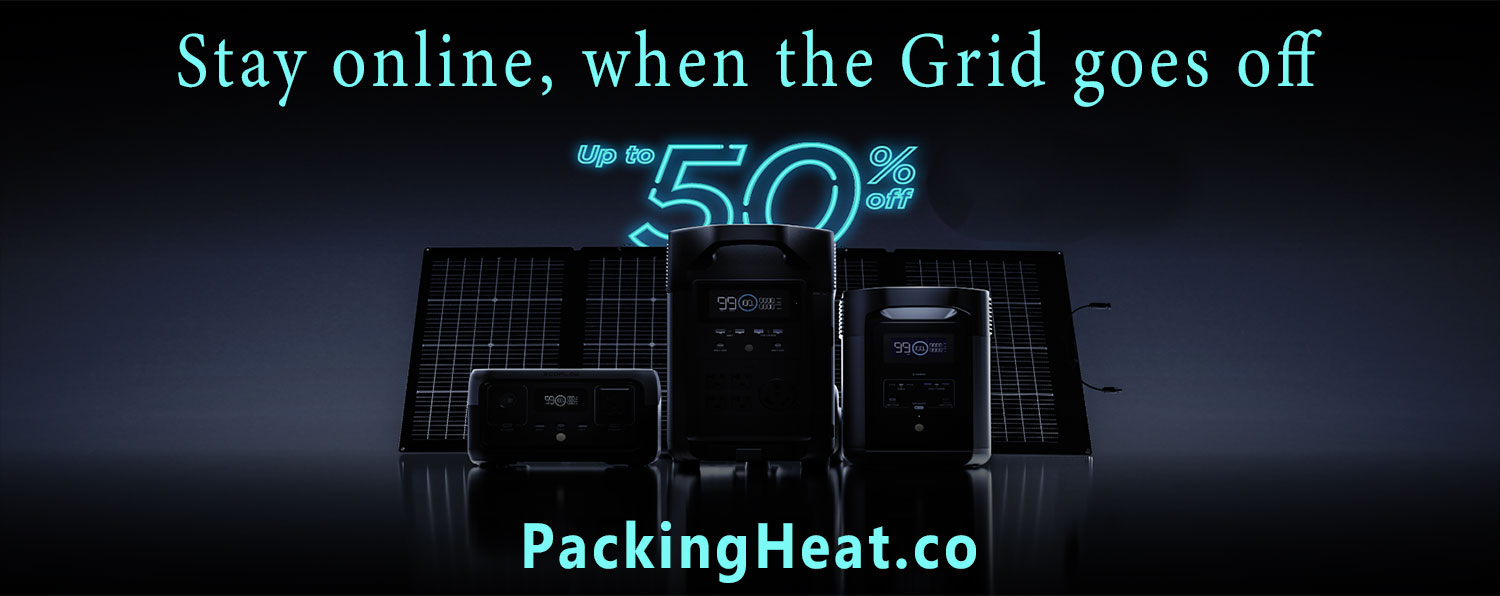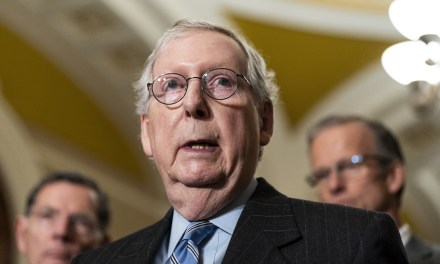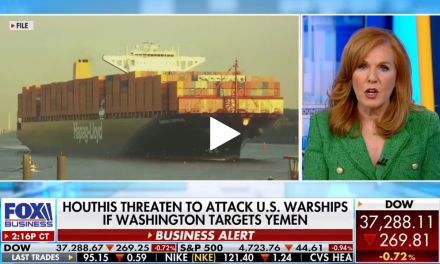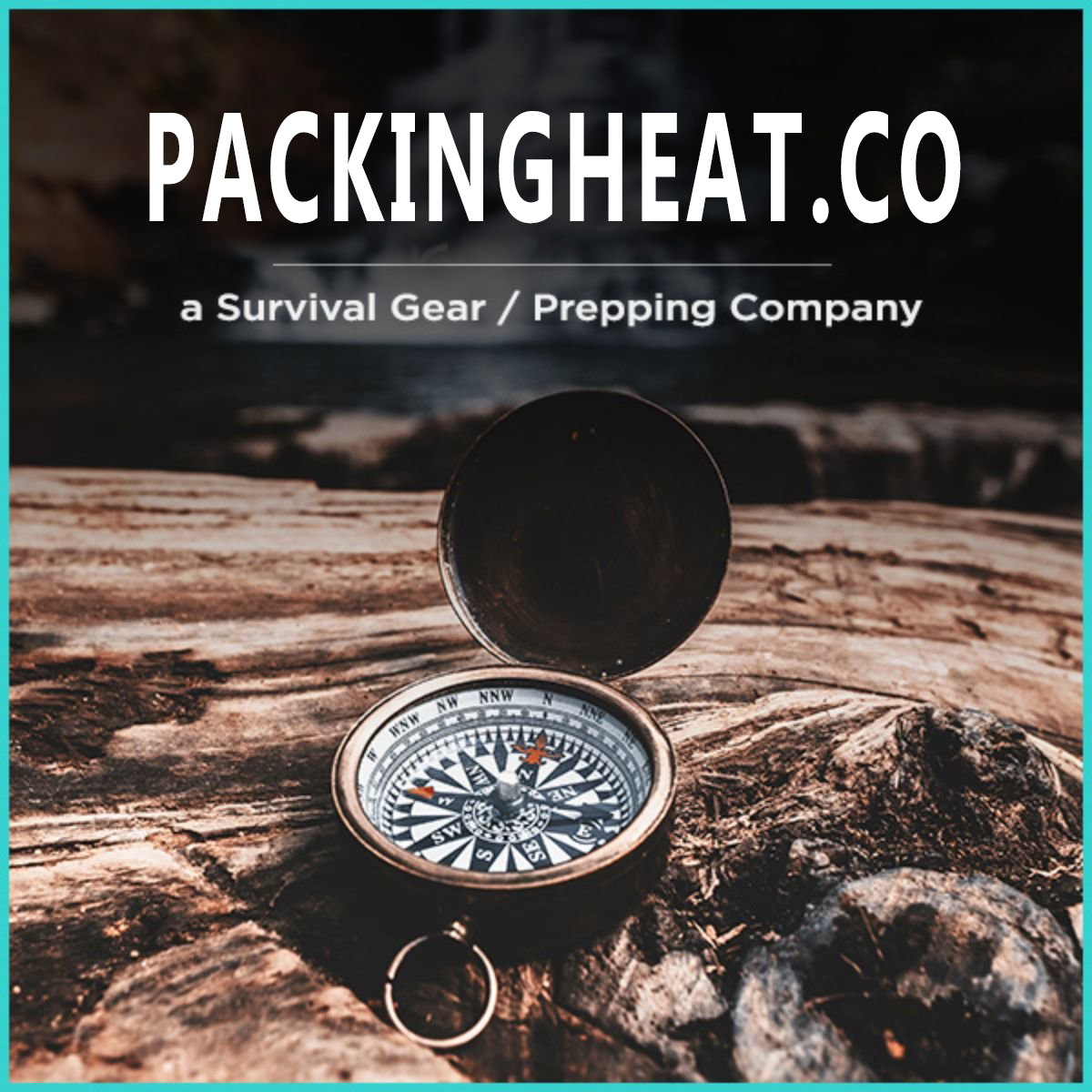In the aftermath of the catastrophic collapse of the Francis Scott Key Bridge early Tuesday morning, questions are being raised about the nature of the incident.
The bridge, a crucial artery for the Baltimore Beltway I-695, saw a section plummet into the Patapsco River after a cargo ship collided with one of its support columns.
Seasoned investigative journalist Lara Logan, in a statement on Tuesday, alleged that the incident was not an accident but rather a “strategic attack.” This claim gained further attention as she joined Steve Bannon on The War Room to discuss the implications of the bridge collapse.
“You say there may be something. Here’s the other thing that’s concerning me. Why do they run to the mic? You had McCabe on this morning at sunrise on CNN saying, ‘It’s not terrorism. It’s not terrorism. It’s not… It might not be terrorism. But why do you come to the mic Right away, we need facts, we need empirical evidence, we need an investigation. What is your investigation telling you?” Bannon asked.
Lara Logan responded with her own pressing question, “Why are you coming to the mic telling the country that it’s not terrorism when your own intelligence agencies are telling you it is?”
She continued to explain that her sources, a mix of active duty and retired personnel from various agencies, believe the bridge collapse was a cyber attack targeting a major supply chain corridor.
By Thursday, Logan provided an update, referencing analyses from experts in various fields including behavioral analytics, counter-terrorism, and national security. These specialists offered a two-pronged theory on the bridge collapse.
Lara Logan wrote on X:
BALTIMORE UPDATE: Analysis from specialists in predictive behavioral analytics, counter-terrorism, hazardous materials, maritime attacks, cyber, national security & intel – this is their view:
Based on their training & experience, they believe this was two types of operation:
1) “Penetration testing” where they are probing/testing to identify vulnerabilities in our responses and defences,
AND
2) a shaping operation to set the conditions and prepare the battlefield for a potential future event.
The concern is that other critical infrastructure disruptions/hits recently that appeared to be independent, isolated events, MAY not be. For example, the Ohio chemical disaster, train derailments, fires at food processing plants etc when taken in isolation do not appear to be that significant but when taken together, could indicate shaping or stacking operations that are paving the way for a bigger event where they do any number of these types of operations together. That could potentially paralyze the U.S..
So the critical question our government should be answering right now is this:
“When will they trigger a multiple episode that causes the paralysis effect?”
Some of the indicators are how many incidents have occurred within “a relatively short timeline” & what they see as the departure from what is “normal”.
They believe those in charge will make sure the investigation into the bridge crash “goes nowhere quick”.
And one of the goals here is to give the public mental anesthesia while they test this, using train derailments or exposure to chemicals in Ohio where they told everyone to shelter indoors – to ask questions like: Did they comply? Is this going to successfully deceive & cause behavioural change?
They use the media to create the assumptive narrative – do not want the facts analyzed because they do not want people processing the truth. Truth naturally leads to questions they do not want asked.
But it would be “foolish and naive at the expense of national security not to question the Government narrative on the Baltimore bridge crash given the level of corruption in spheres of power and influence in this country today”.
With many years of experience in “spoofing” – the tactic used in cyber warfare to hack into someones’s system and deceive in order to achieve a certain outcome – they recognized multiple indicators watching the video that tell them the GPS signal was likely hacked. It would have led them to believe they were not as close to the bridge as they were and may be why in the video you see the crazy lean to port and then to hard starboard as they realized they were not on course in spite of the GPS indicating they were.
In information warfare terms, here are some of the tactics they see being used now that many of you will recognize:
1) Engineered complexity – where they throw in nonsensical variables (information) to distract. This is designed to keep you from serially processing multiple channels & give you processing overload that prevents you from toggling different channels of information.
IE: they create processing decoys to distract you from truth.
2) They are trying to reframe the issue by focusing on details that do not matter. They do this by throwing in a variable that is not relevant to the main equation.
3) Common sense, skepticism and intelligence are huge “overlays” that get in the way of manipulating human behavior so they analyze you to learn how to create channel overload as you toggle/handle different channels of information such as the speed of the boat, temperature of the water etc.
3) They need to load you up with enough variance to create channel overload so you create an error that they can use to discredit you. One way is to create doubt in yourself. Most effective because you make yourself less efficient when your brain is processing self-doubt. And it will propogate into the future.
“Population so much easier to dupe today than 20 years ago.”
The incident at the Francis Scott Key Bridge is no longer viewed solely as a tragic accident but rather as a potential harbinger of more complex threats facing the United States today.












